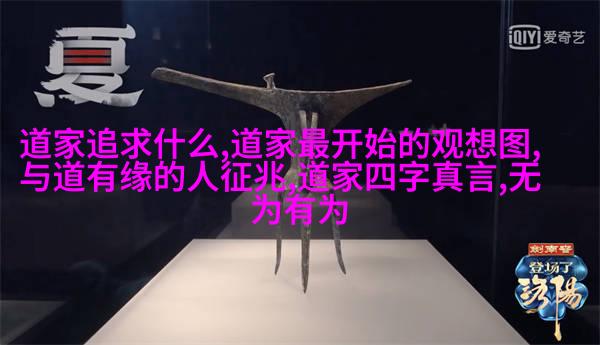汉彝共融,新农村社稷之谜:社会风险演化与防范策略

摘要:随着我国城镇化战略的深入推进和民族和谐政策的实施,汉彝杂居新型农村社区的建设日益蓬勃。本文以汉彝混居地区为例,探讨了这些社区在经济、文化、社会结构等方面所面临的风险,并提出相应的防范措施,以期为当前多民族共存、新型农村发展提供参考。
关键词:新型农村;社会变迁;风险管理;文化融合

一、汉彝杂居新型农村社区的社会形态变迁
近年来,传统汉族与彝族之间的差异逐渐从分离走向融合。这种变化体现在生产方式、生活习俗、文化活动等各个层面上,不仅是日常生活中的互动,更是在语言习惯、价值观念中交织。尽管如此,由于历史原因及地理环境限制,这些社区仍然存在着经济落后和教育水平低下的问题。

二、系统性社会风险分析
在这样的背景下,Han-Yi communities face various risks, including interpersonal conflicts, cultural clashes, and economic disparities. These risks are not only caused by the differences between Han and Yi cultures but also by the external factors such as rapid urbanization and modernization.

三、新型农村社区中的价值观冲突
The traditional Yi culture is facing challenges from modern values that emphasize individualism, diversity, and tolerance. This conflict can lead to social unrest and even violent conflicts within the community. For instance, the practice of "打冤家" (settling scores through violence) in Yi society is a remnant of their historical vendetta customs that has been passed down for generations.

四、新模式与策略建议
To mitigate these risks, it is essential to adopt new models of governance that take into account both traditional values and modern norms. Community leaders should foster a sense of shared responsibility among residents while promoting individual rights and freedoms. Additionally, education programs should be implemented to enhance understanding between different ethnic groups.
By addressing these challenges head-on with innovative strategies tailored to local contexts, we can build more harmonious Han-Yi communities where diverse cultures coexist peacefully in our rapidly changing world.
